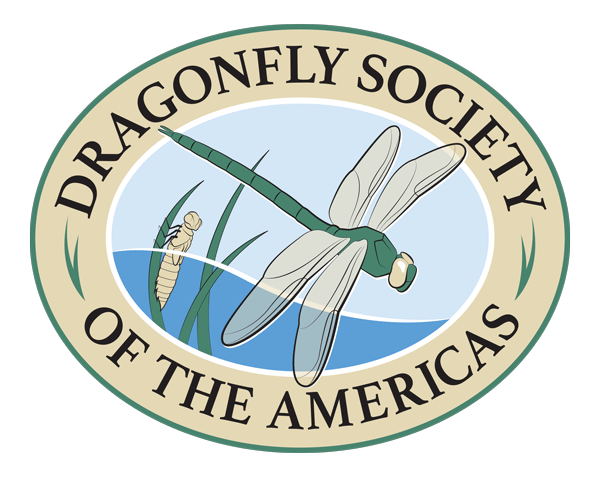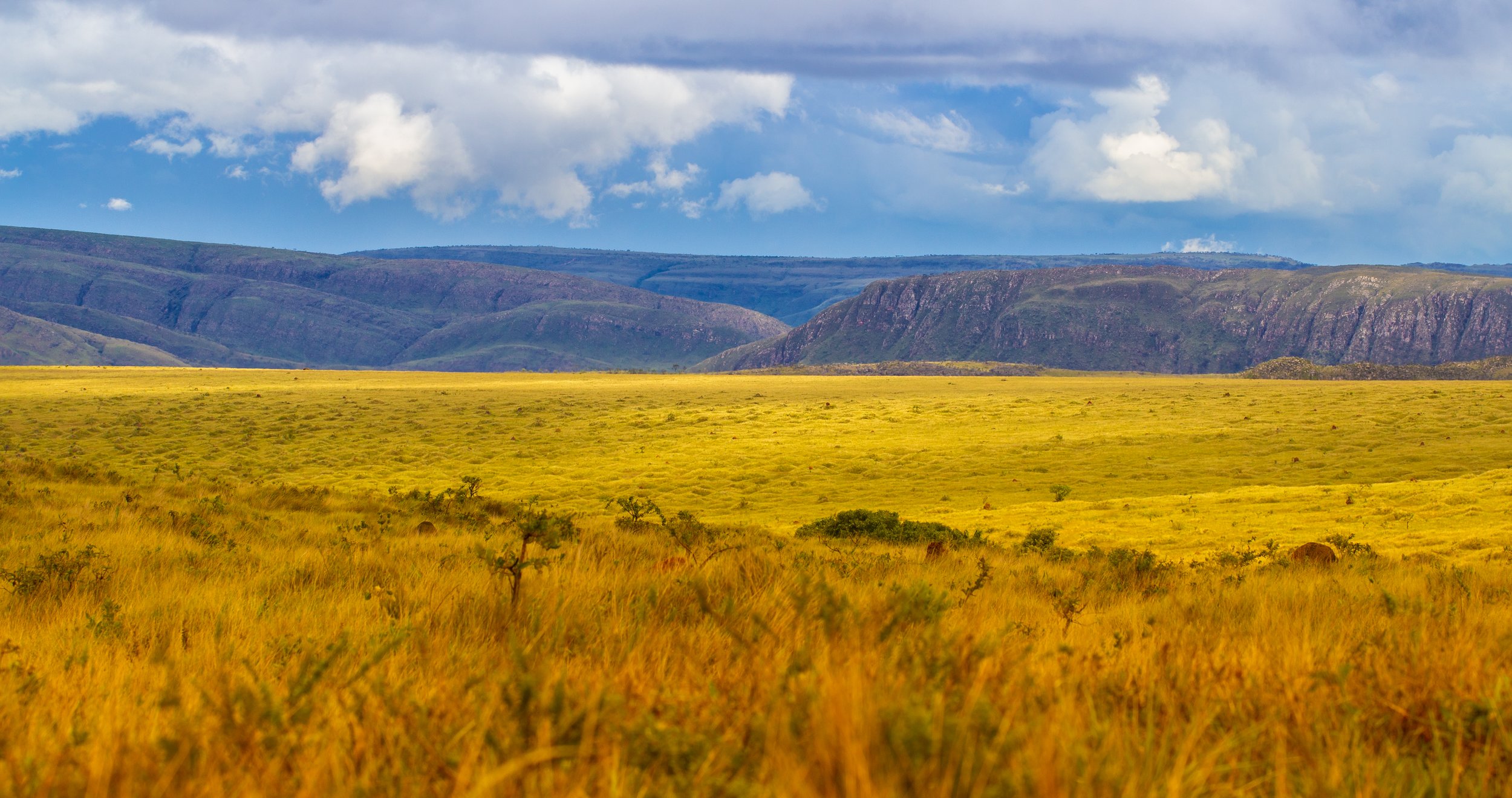July Species of the Month: Minagrion caldense
DSA’s July “Species of the Month” is Minagrion caldense (no common name), a rare species of damselfly in the family Coenagrionidae. The genus’ five species are found from Northeast Argentina to northern Brazil; this species is only found in Brazil. The various species range from about one-and-a-quarter inches to two-and-a-quarter inches (31-57mm), and are found in slow streams and swampy areas. Follow Brazilian dragonfly chaser Diogo Vilela as he seeks to learn more about this intriguing insect.
Minagrion caldense, young female, November 2018 (copyright Diogo Vilela).
Minagrion caldense
One of the most intriguing and rare species of the Neotropical genus Minagrion is M. caldense, which was described in 1965 from Poços de Caldas (hence, caldense), Minas Gerais state, Brazil. Less than 40 specimens were collected in the 60’s by Professor Newton Santos and no further collections of this species were made in the following decades. This makes M. caldense an enigmatic and rare species, as it was never seen in another location other than Poços de Caldas.
In 2002, the late Professor Ângelo Machado and his colleague Lúcio Bedê performed a survey in Serra da Canastra National Park (SCNP, ca. 300km from Poços de Caldas), where they collected some specimens of M. caldense, and also found an intriguing “new species” of Minagrion, which they later described as “Minagrion franciscoi” (Machado & Bedê, 2016), based only on males.
Serra da Canastra National Park, November 2018, (Copyright Diogo Vilela).
During my PhD, I aimed to describe hitherto unknown females, in order to straighten their taxonomy and enable identification in absence of males. Then, our laboratory went to a series of field trips to Serra da Canastra, totaling five expeditions between 2018 and 2020. It was an amazing experience to explore all areas of the park, where we found new species, new records, larvae and…undescribed females!
It was such a thrill when we finally found the female of “Minagrion franciscoi”, a robust Coenagrionidae that stands out next to the small Homeoura, Acanthagrion and Franciscobasis that shares the same habitat. However, in the midst of all excitement of our new findings, we started to see some major resemblances between “M. franciscoi” and the enigmatic M. caldense and realized that perhaps we were dealing with the same species. In his description of M. caldense, Santos stated that the male abdominal segments seven and eight were darker in relation to the others. In the same region, M. franciscoi had also darker coloration, with the addition of two gorgeous blue dorsal spots, that were the main character to separate “M. franciscoi” from the other Congeners.
Minagrion caldense, teneral female, Serra da Canastra National Park, November 2018, (Copyright Diogo Vilela).
Santos described females as having the same subtle color changes as the males. Based on Santos’s description, we went further in our analysis: (i) we visited the Museu Nacional of Rio de Janeiro (destroyed by a fire in 2018), two months before the tragedy, and took photos of the holotype of M. caldense to perform the morphological comparison with M. franciscoi; (ii) as we haven’t spotted any mating event, we performed a molecular analysis to associate the males of M. franciscoi with the females; (iii) we performed a dissection analysis on the collected females, to determine which were young and mature by the presence/absence of eggs.
Our results show that “M. franciscoi” was, in fact, a junior synonym of M. caldense, and our female analysis demonstrate that the females went through a severe coloration change during their ontogenetic development, being yellowish/orange as young, and with a beautiful blue/black pattern when mature. Additionally, young males do not present the blue abdominal spots. Perhaps Santos dealt only with young ones.
Male of “Minagrion franciscoi”, later discovered to be a junior synonym of M. caldense, November 2018 (Copyright Diogo Vilela).
Females of Minagrion caldense: above, the body coloration of the young female; below, the same for the mature female November 2018 (Ccopyright Diogo Vilela).
Despite all our studies, we still have several gaps to fill in our understanding of Minagrion: the larvae are unknown, ontogenetic color changes are not known to other species of the genus, and the knowledge on their behavior are very poor. This species is currently assessed as “Vulnerable” by the International Union for Conservation of Nature, due its restricted range of occurrence and for occurring in a single protected area, where it might be threatened by ecotourism.
Diogo Vilela, Serra da Canastra National Park, November 2018 (Copyright Rhainer Ferreira).
It was such a great experience working so closely with this species. I find them fantastic!
Diogo Vilela is a Brazilian odonatologist. He studies dragonflies since 2010, and ever since he published studies on behavioral ecology, distribution and taxonomy, where most of his contributions are concentrated. Contact him at deeogoo@gmail.com







